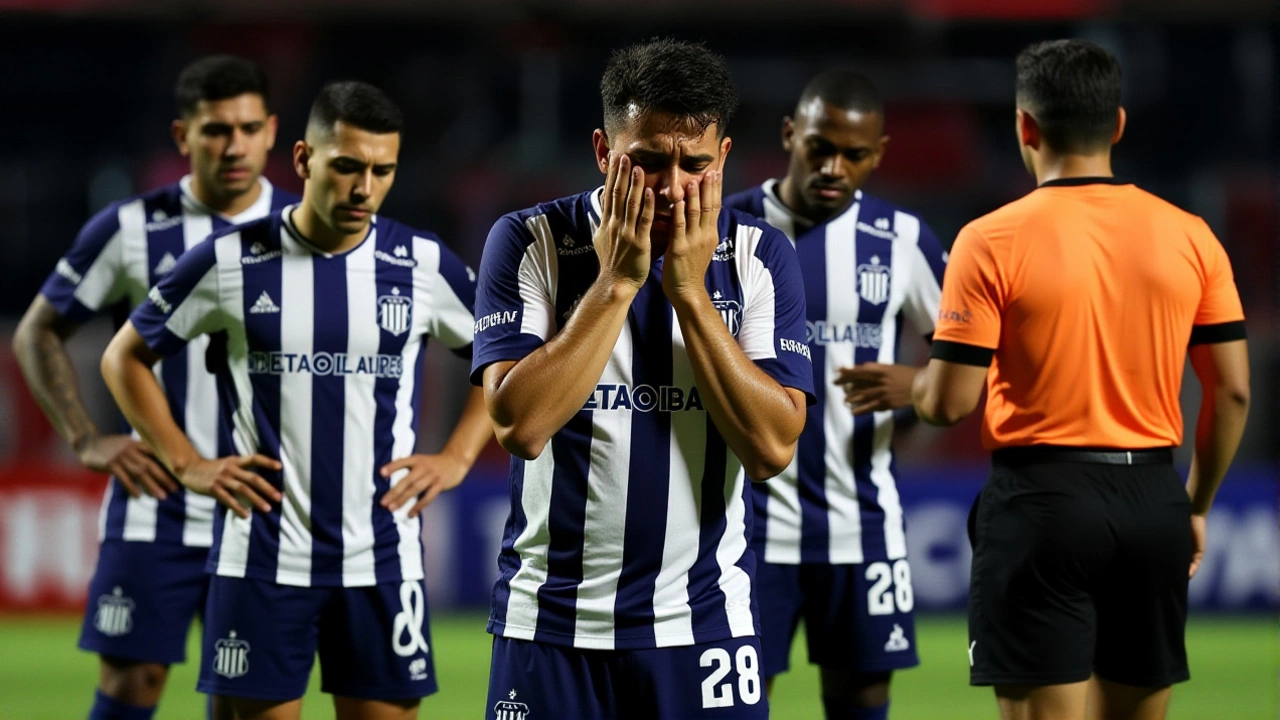Morumbi Stadium – History, Facts, and What Makes It Unique
When you hear the name Morumbi Stadium, the massive football arena in São Paulo, Brazil. Also known as Estádio do Morumbi, it sits on the western edge of the city and serves as a landmark for millions of fans. Built in the 1960s, the stadium has grown into a cultural hub that hosts football matches, concerts, and community events. Morumbi Stadium isn’t just a place to watch a game; it’s a piece of Brazilian sporting identity.
The club that most people associate with the venue is São Paulo FC, one of Brazil’s most successful football teams. The team’s bright red and white colors flash across the pitch every league night, and the roar of the home crowd links directly to the stadium’s atmosphere. Because São Paulo FC calls Morumbi Stadium its home, the arena’s fortunes rise and fall with the club’s performance. This relationship means the stadium is more than stone and steel; it’s a living extension of the team’s brand, history, and fan community.
Key Facts at a Glance
One of the most talked‑about numbers for any arena is how many spectators it can hold. Morumbi Stadium’s stadium capacity, approximately 67,000 seats after the latest renovations places it among the largest in South America. That capacity not only allows for packed league matches but also makes the site attractive for international concerts and large‑scale events. The sheer size demands robust crowd‑management systems, from entry gates to emergency exits, ensuring safety while preserving the electric vibe.
Beyond sheer numbers, the design of Morumbi Stadium tells a story of architectural ambition. Its stadium architecture, a mix of modernist concrete structures and open‑air stands reflects the era when Brazil was showcasing its engineering prowess on the world stage. The roofless design gives spectators an unobstructed view of the sky, turning every match into a unique visual experience that changes with the weather. The stadium’s structural engineering had to balance a massive open bowl with stability, a challenge that pushed local architects to innovate.
Morumbi Stadium also plays a role in the broader ecosystem of Brazilian football venues. Compared with other famous sites like Maracanã or Mineirão, Morumbi offers a blend of historical weight and modern upgrades. It frequently hosts national team friendlies, club finals, and even non‑sporting spectacles like rock festivals. This versatility demonstrates how a single arena can serve multiple audiences while maintaining its core identity as a football fortress.
Fans who step inside often talk about the iconic “Giants”—the towering concrete pillars that line the sidelines. These pillars not only support the stands but also serve as visual anchors for chants and banners. The acoustics created by the open design amplify crowd noise, turning every goal into a thunderous moment that reverberates across the neighborhood. In short, the architecture isn’t just functional; it actively shapes the emotional experience of every event.
Looking ahead, the stadium management continues to invest in technology. Recent upgrades include LED lighting systems that save energy and improve broadcast quality, as well as high‑speed Wi‑Fi zones that let fans share moments instantly. These improvements show that Morumbi Stadium is not stuck in the past; it evolves to meet modern expectations while preserving the heritage that older generations cherish.
All of these elements—history, capacity, club partnership, and design—intertwine to make Morumbi Stadium a case study in how a sports venue can become a cultural landmark. Below you’ll find a curated set of articles that dive deeper into specific matches, fan stories, and behind‑the‑scenes looks at how the stadium stays relevant in today’s fast‑changing sports world.

Miguel Navarro Cries After Alleged Xenophobic Slur in Libertadores Match
Miguel Navarro of Talleres alleges a xenophobic slur from São Paulo's Damín Bobadilla during a 2‑1 Libertadores loss on May 27, sparking a police complaint and potential CONMEBOL sanctions.